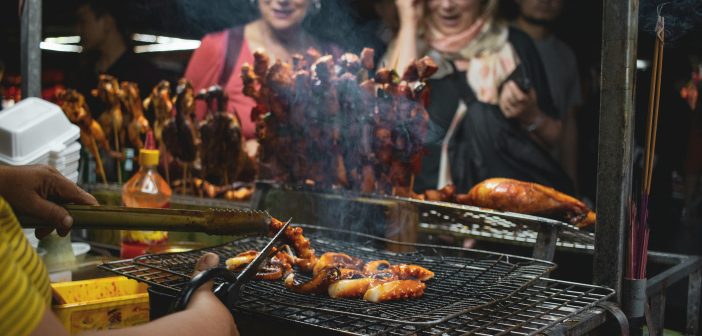Aug 9 marks Singapore’s National Day, and the little island nation will be celebrating its 59th birthday with the usual bells and whistles in a heart-stirring 2.5-hour-long parade featuring songs, dance and performances by local artists. But you don’t have to catch the show of patriotic fanfare to enjoy what is arguably the most famous part of Singapore’s reputation: its status as a foodie nation! You can explore this side of Singapore right here in Beijing at the Singapore Hawker Festival at JinShang!

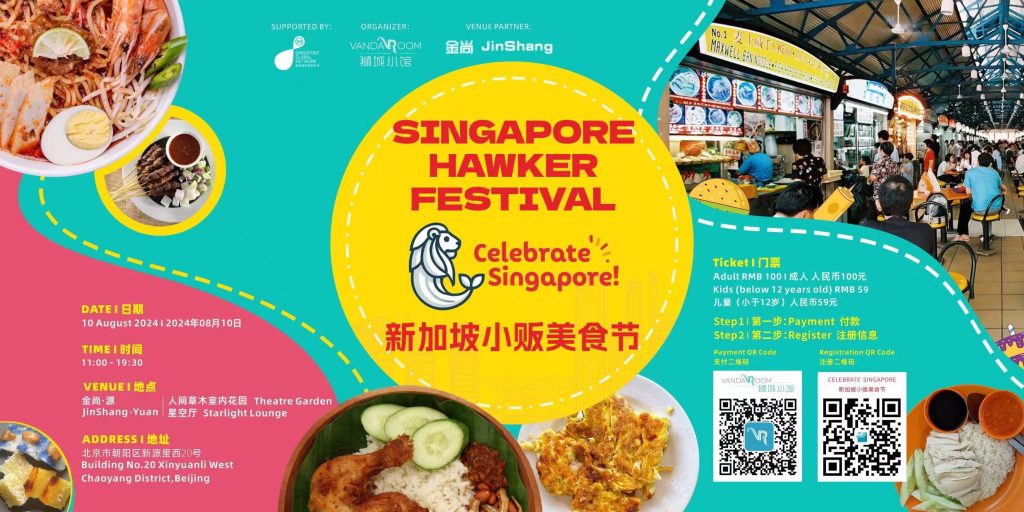
If you are not familiar, a hawker center is a congregation of stalls offering a variety of street food from satay (the Malay equivalent of “BBQ meat on a stick”) to Hokkien mee (delicious yellow egg noodles mixed with white rice noodles stir-fried with fish cakes and shrimp in sauce) to carrot cake, which ironically has nothing to do with carrots but everything to do with daikon or “white carrot” instead, and so much more.
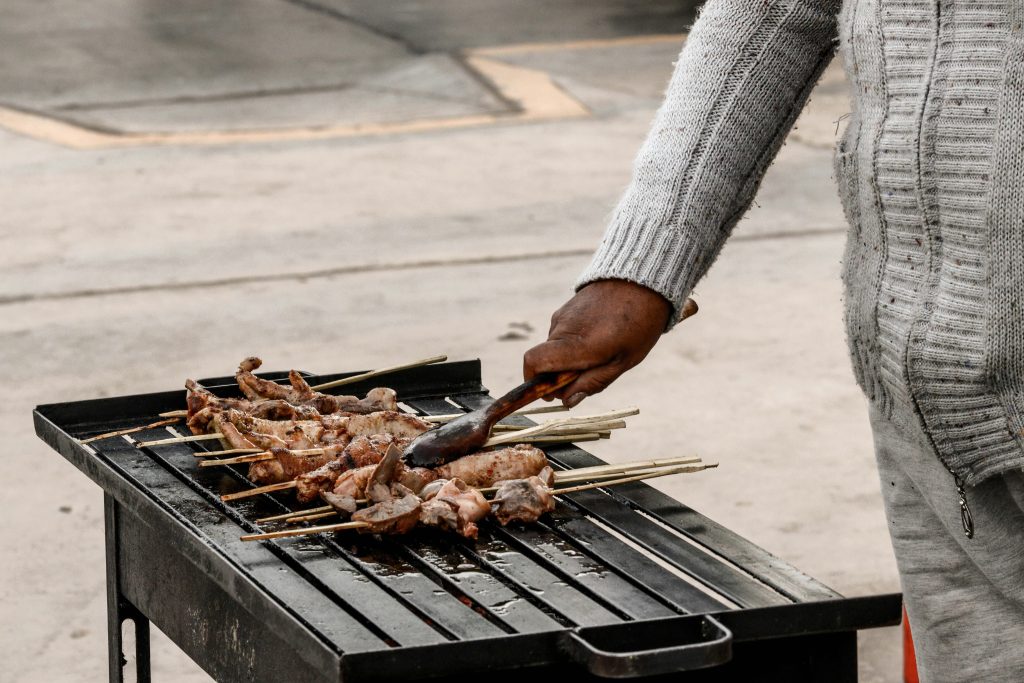
Hawking is a great way to celebrate Singapore’s independence, since it was after the nation found its own identity in 1965 that hawker centers begin to grow as a result of the state’s governance of unlicensed, unregulated food hawkers. Today, hawker centers are now celebrated icons of Singapore’s food diversity, as well as a convenient metaphor for the country’s racial diversity. It’s a must-try when you visit the country, though I would try to avoid the newer air-conditioned hawker centers at tourist spots and head for the older ones in the heartlands for cheaper and tastier finds.
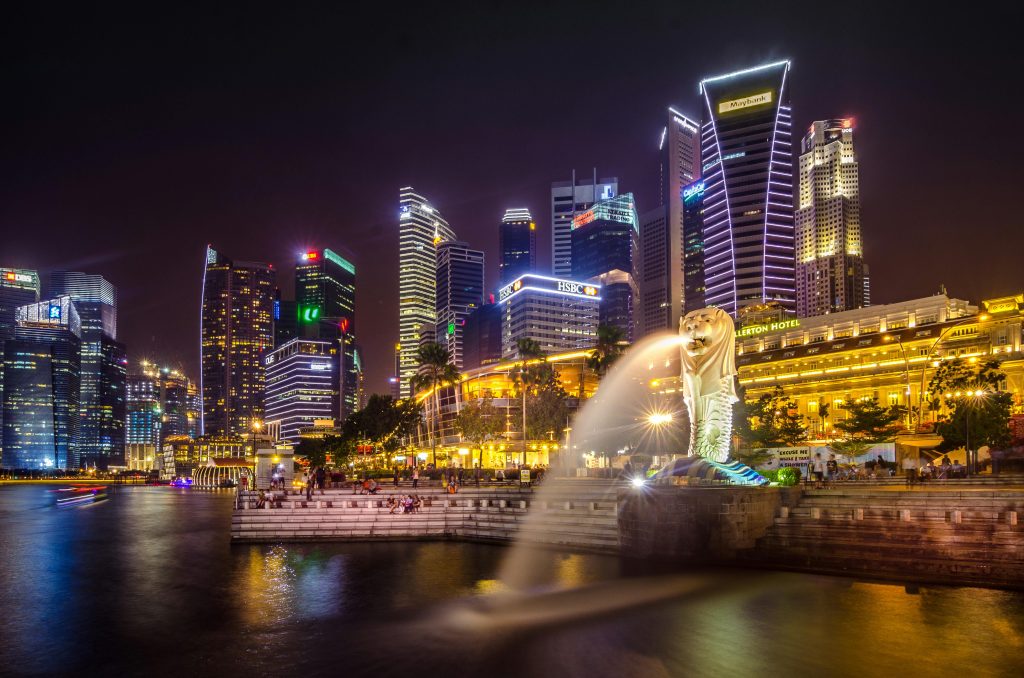
On the topic of celebrating your home country’s culture, I always like a reminder of how we as parents can seek to inculcate a spirit of patriotism but not nationalism in our children. What’s the difference? Helpful Professor helpfully replies: “The key difference between nationalism and patriotism is that nationalism is the belief in an exclusionary and insular nation-state, while patriotism is the non-exclusionary love of your own nation. Nationalism is a belief that your nation sits at the top of a hierarchy of nations, while patriotism is inclusive and cooperative.”
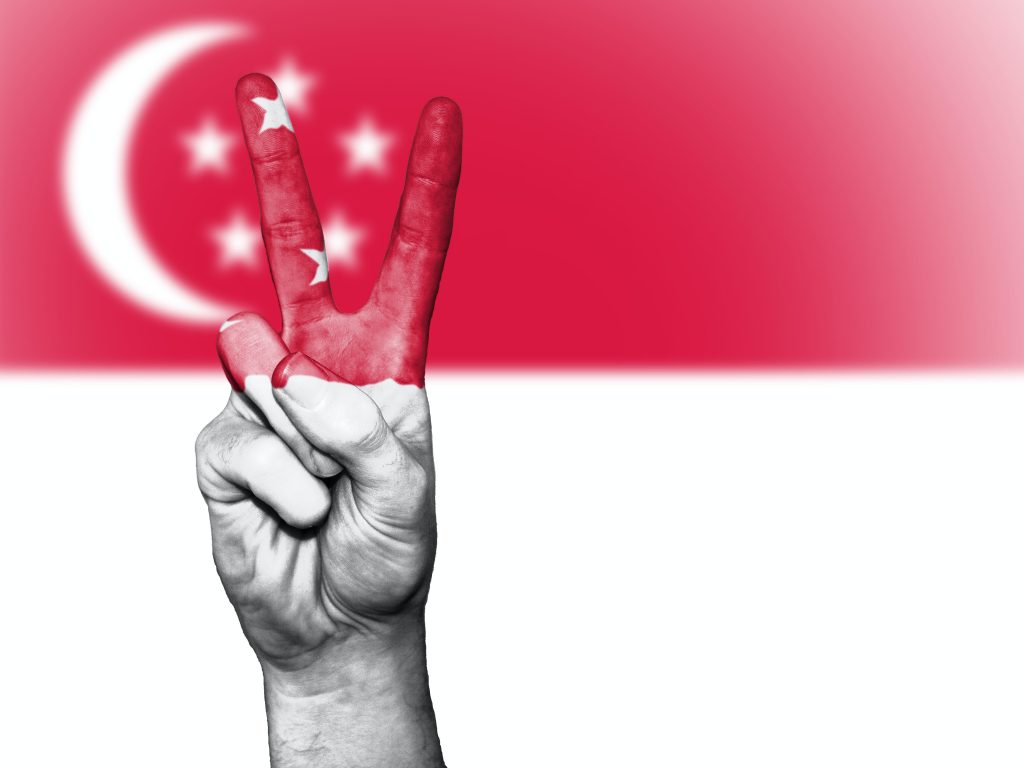
Now that we’ve got that cleared up, let’s get down and talk about how you can practically inculcate a spirit of patriotism in your child. Start simple: For younger children below 3, introduce them to the country’s national flag. Draw, color and make your own national flag for them to wave around the house. Then, further their knowledge by looking up the national symbols, particularly the ones in categories your child is interested in. For example, if your child is into animals, look up the national animal. Better yet, visit it at the Beijing Zoo. Don’t forget lesser-known national symbols like the national flower, bird and, in the unique case of America, tree!
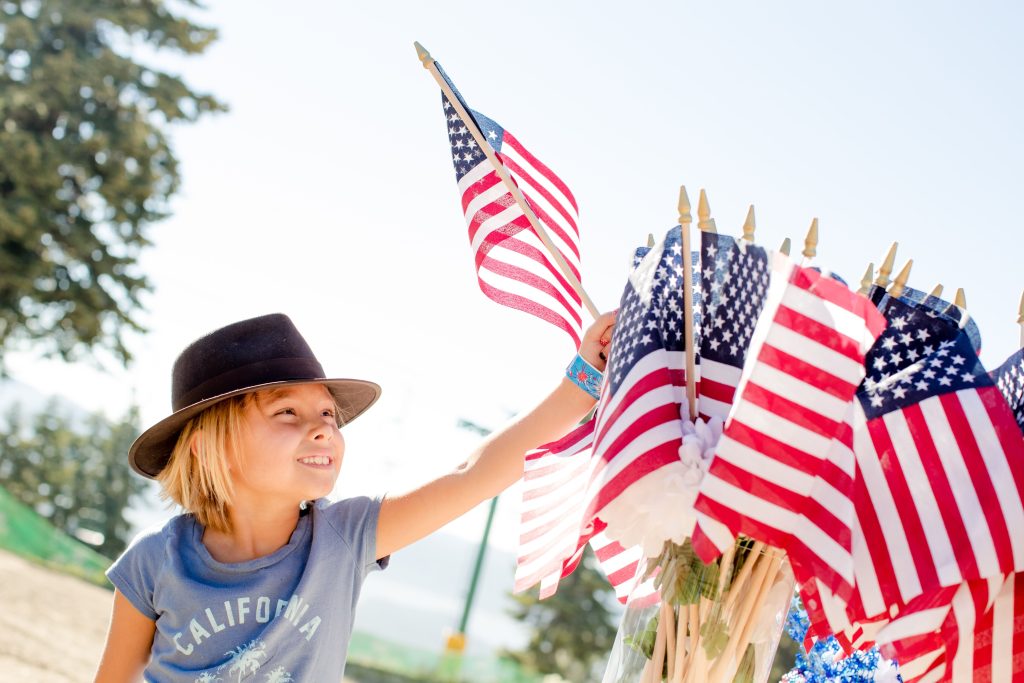
Preschool tots should learn the national motto, anthem and pledge. It may be especially hard for expat kids to remember these since they don’t regularly recite them, and even you may need some help jogging your memory! If you’re really on a mission to cultivate patriotism, consider getting the whole family to recite the pledge or sing the anthem every Sunday before dinner, or make it a fun impromptu pop quiz where you randomly ask them to recite it!
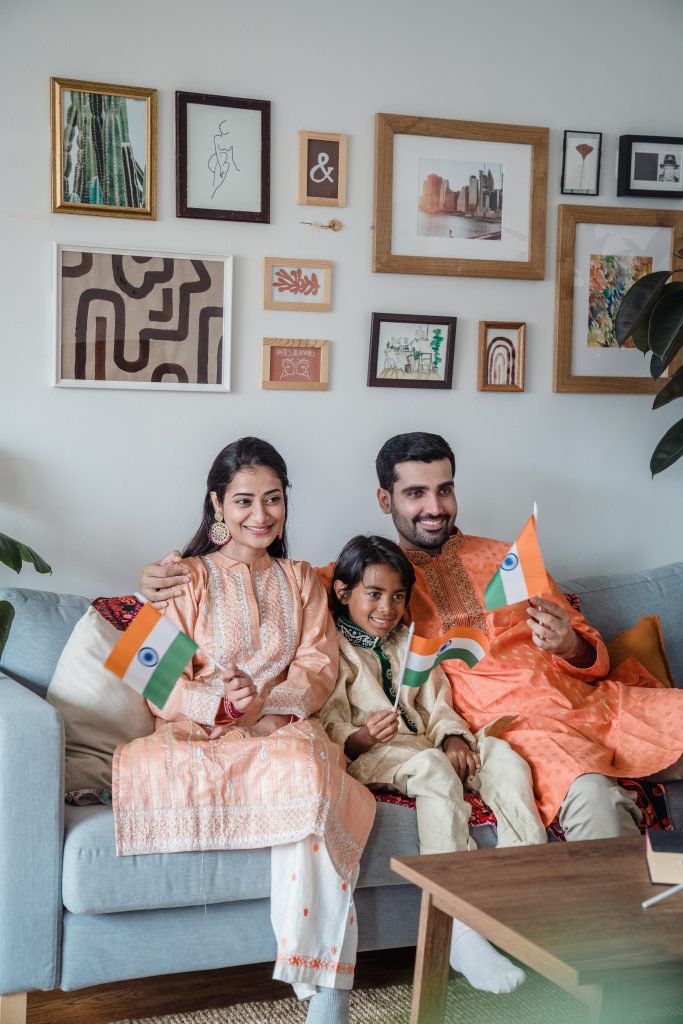
To up the ante, regularly read your country’s news with your kids, or at least discuss some key developments with them casually. Follow up by asking what they think and how they feel, paying special attention to make it more relevant by drawing their attention to how the news might affect their friends and relatives back home.
It can be hard for our third-culture kids to connect with their home country (or countries) considering how much time they spend out of it. Never make them feel bad for not identifying with your nation, and deepen their roots through consistent exposure, whether it be through books, videos or even movies made in your country.
KEEP READING: How to Go Keto in Beijing: 5 Places With Keto-Friendly Food
Images: Pexels

